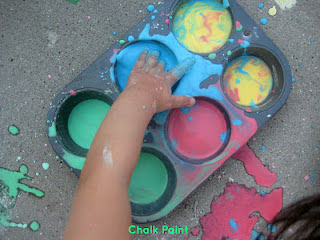"Doing your research project" - Judith Bell
Approaches to Research
Quantitative Data
- Statistical Data
- Numerical Results
- Surveys, questionnaires
- Philosophy
- Theories
Action Research
What sort of research applies to you?
Planning the Project:
- Write down all questions that you want to investigate
- Consider each on their merits and focus on two main questions (primary & secondary)
- Write an A4 'first thought' sheet for each
- What am I trying to achieve, what is the purpose of the study? Is your question researchable?
- Decide on a working title
Project Outline:
- Consider Timing
- Deadline - 12 weeks on friday
- Consider Holidays/Work/Life
- Make a week by week plan
- Think about your working title and the different component parts that needs researching.
- Allocate timings to each
- Draw up a project outline based on the above
- Allow generous time for initial reading and writing up
- Factor in Tutorials
Literature Search & Review
- Reading takes more time than you think
- How much can you actually read in 100 hours?
- Start by trying to find out all the key texts on your chosen topic
- Focus your reading based on an initial assessment of this survey
- Find key texts and plan time to read these
- Find secondary sources/ criticisms of key texts (triangulation)
- Use journals (www.jstor.org)
Jot down what each book is useful for and key concepts and its harvard reference
Ethics
- Consider the ethical implications of whatever it is you are studying
- Does the research involve human participants? (have you taken care to be sure that no harm can be done to them - physically/mentally.
- Are you going to involve vulnerable, do you need consent?
- Will the study involve discussion of sensitive topics (eg. sexual activity, drug use?)
Referencing
- Start a bibliography immediately
- name, forename, date, place, publisher, page\
Questionnaires
- Is a questionnaire the best way of investigating your topic
- If so, begin to word questions and discuss with your supervisor
- Avoid ambiguity, imprecision, assumption, also double, leading, presuming or offensive questions
- Consider questions, question type?
- Consider sample size, how many people? Less than 100 isn't really a reliable source
Interviews
- Is this the best way to investigate topic?
- If so, begin to word questions and discuss with supervisor
- Structured or unstructured?
- How will you analyse questions
- Watch for bias
- Is this the best way?
- Decide exactly what you need to know?
- Request permission to observe
- Prepare and plan observation carefully
- Devise a suitable grid, checklist or chart.
- Consider what you put on the blog, don't just put loads of useless information up.
- Reflect
- Don't procrastinate
- Plan research methods carefully
- Select the most appropriate research methods for the project
- Complete an ethics self assessment
- Complete an extensive literature review
- Document all stages of the process carefully
- Create detailed project outline, with timings and stick to it
- Get the most from your supervisor


















